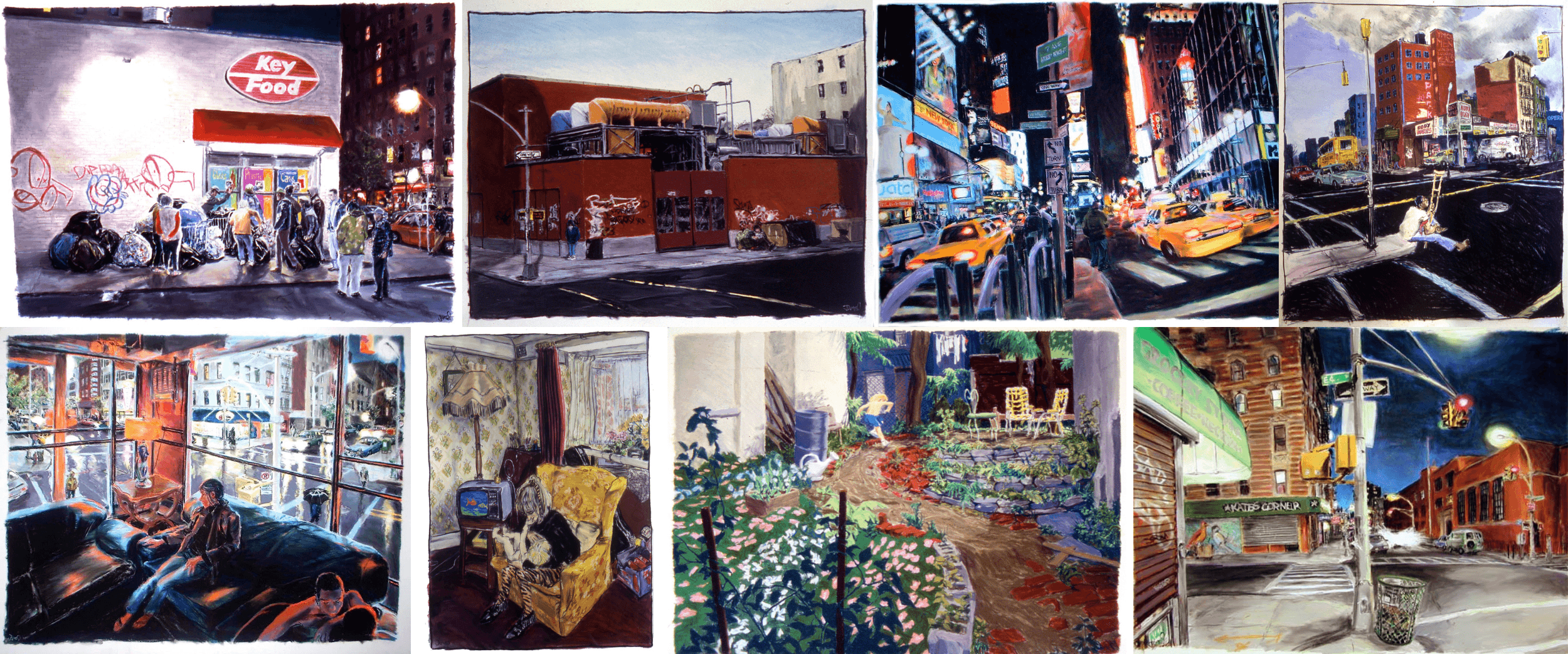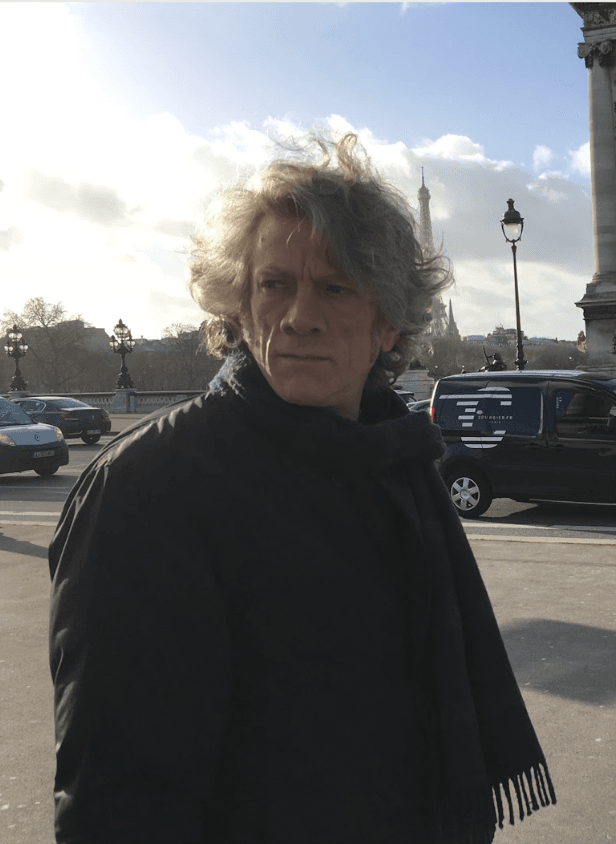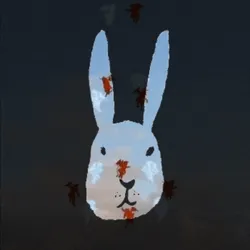James Romberger is a true maverick of mediums, and may be the only artist in history to have his works featured in both the pages of Marvel comics and the permanent collection of New York’s MET Museum. As one of the most celebrated artists of New York’s 1980s East Village scene, he cultivated a style renowned for its gritty realism and dark allure that has been celebrated across fine arts, comic books, TV shows, and now web3.
For his first digital collection with OrangeHare, Romberger applies the same approach toward exploring the symbolism and contemporary meaning behind religious iconography, a subject of fascination for the artist.
MUSEUMS: Metropolitan Museum of Art (MET), Brooklyn Museum, Newark Museum, Delaware Museum, Philadelphia Museum, Parrish Museum, Harvard Museum, Seoul Museum, and the Library of Congress,
GALLERIES: Grace Borgenicht, PPOW, Gracie Mansion, James Fuentes
PUBLICATIONS/MEDIA: Marvel, DC/Vertigo, Dark Horse, Image, and Fantagraphics, with graphic novels such as the Eisner-nominated "Post York" and the New York Times bestseller "7 Miles A Second" alongside David Wojnarowicz.
"Jesus Christ shows us his heart, but it blows up in his face, drenching him in blood like that spilled for centuries by twisters of his words. Like Wiley Coyote, he reacts with sad incredulity."
Digital Compositor: Isabella McCarthy Music: John Fahey, Fanfare
"Dark and light energies, often thought of as representing the forces of good and evil, are both essential parts of the balance of the universe, and by our moral standards, both dependent upon the existence of the other for context and meaning."
Digital compositor: Brian Starkey



James Romberger was born in Port Jefferson, New York. He studied art at the School of Visual Arts and Columbia University. In 1984, Romberger and his partner, the punk musician and artist Marguerite Van Cook, curated pioneering group exhibitions at downtown nightclubs and galleries, including the survey show The East Village Look at Danceteria, the influential stencil show Hit and Run at The Magic Gallery, and the legendary Acid Test at Sensory Evolution. The pair then opened their installation gallery Ground Zero, where they mounted their own early solo exhibits and presented noted shows and installations by the East Village painters Christof Kohlhofer, Peggy Cyphers, Edward Brezinski and the late David Wojnarowicz; and the graffiti masters Sharp, Delta and the late Phase 2. Subsequently, Romberger exhibited his pastel drawings with the venerable Grace Borgenicht Gallery on NYC's 57th Street, and at the Gracie Mansion Gallery in Chelsea.
With Wojnarowicz and Van Cook, Romberger produced “7 Miles a Second,” the acclaimed classic graphic novel based on Wojnarowicz's life. This book began in collaboration with Wojnarowicz in 1986, but it had to be completed from the writer's journals after his untimely 1992 death of AIDS. It was first published by DC Comics' Vertigo imprint in 1996, and has since been reprinted in several languages. In 2011, DC/Vertigo published Aaron and Ahmed, a graphic novel done in collaboration with MacArthur fellow Jay Cantor. In 2014, Fantagraphics Books published The Late Child, Van Cook's generational graphic memoir with drawings by Romberger. Romberger was nominated for an Eisner award for Best Single Issue" for his comic book Post York (2012), which was recently expanded into a full graphic novel and published by Dark Horse Comics in 2021.
Romberger has written on comics, television and film for magazines and websites, including Publisher's Weekly, Aperture, LAAB, Comics Journal and Comics Beat; and taught art at Parsons/The New School, Marywood University and Hunter College. Romberger's electric career spans teaching, magazines, museums, and now NFTs, where he grapples with the symbolism and meaning behind religious iconography in the modern era.
